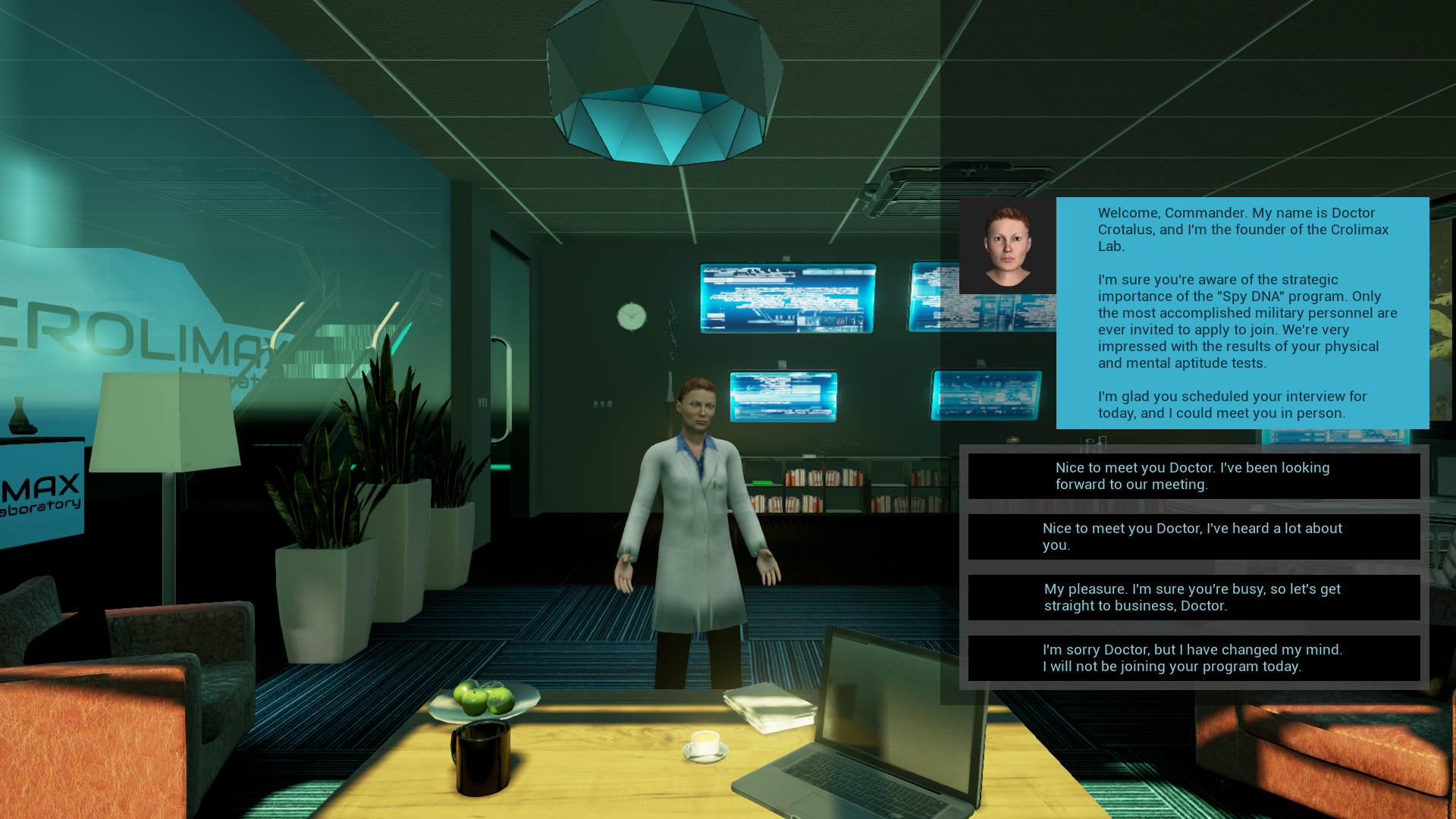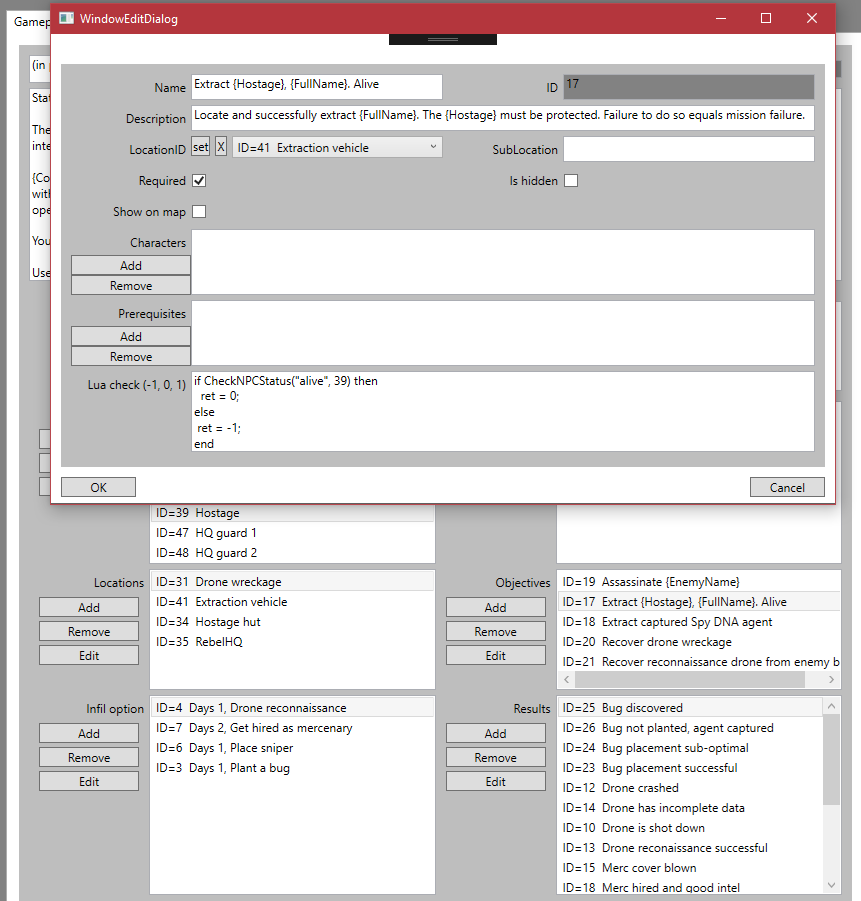Spy DNA handles equipment differently than other games. We attempt to simulate the real world as much as possible. So I will talk about encumbrance, uniforms, and accessories.
Encumbrance in Spy DNA involves two mechanics: weight, and free items. Weight will be familiar to everyone. More weight means it becomes harder to move and you have to slow down.
We also add the mechanic of free items. The idea is that to carry an item, you either need to store it in a pocket, backpack, or other location made for the purpose, or you have to carry it in your hand. Because of this, even a few free items will quickly make it impossible to move. This represents the character’s inability to hold everything without dropping anything.
Too many free items
To clearly show why a character is slowed down or can’t move at all, we now show two distinct icons over the character portrait to indicate the two encumbrance conditions: a kettle-bell weight for weight encumbrance, and juggling hands for too many free items.
Uniforms are used to ease the management of character equipment for missions. Each playable character has four uniforms: base, casual, field, and fancy. These act as preset slots for equipping characters.
Too much weight
When heading out on a mission, you can select one of the three non-base, uniforms. You can customize the appearance and equipment. Whenever you modify a character’s uniform, it is saved and will be loaded the next time you select this particular uniform again. So if another similar mission comes up you can click a uniform and start with the same equipment you used last time, or modify it to suit the needs of your current mission.
Note that when a character returns to base, the leftover equipment isn’t kept. Any storyline changes or resources advancing the characters’ progress is applied to the state of the base level when you return from the mission.




















